Strengthening and toning your glutes isn't just about looking good; it's about boosting your overall strength, improving posture, and enhancing performance.
While you can hit the gym to get results, simple, handy tools like the NordBench and Band Guards can also work wonders right at home. Whether you’re constantly on the move or love the convenience of home workouts, this guide is for you. We’ll dive into fun and effective exercises targeting every part of your glutes, helping you build confidence and strength in your living room.
Key Takeaways
- Make the most of your free time: Sculpt your glutes with quick, effective exercises like squats, lunges, and glute bridges that fit into any busy day.
- Use the right tools for better results: With minimal equipment like the OmniStrap, NordBench, and Band Guards, you can target your glutes efficiently from the comfort of your home.
- Consistency drives progress: Regularly incorporating glute-focused exercises during your free time will help you build stronger, more defined muscles without needing long workouts.
Donkey Kicks using the OmniStrap
Setting Up the OmniStrap
To set up the OmniStrap for Donkey Kicks, begin by attaching the ankle cuff to your working leg, ensuring it's snug but not too tight to allow for fluid movement. The OmniStrap is designed for versatility and ease of use, making it perfect for targeting the glutes effectively. Once everything is set, position yourself on all fours with your hands directly under your shoulders and knees under your hips, ready to perform the exercise.
Performing Donkey Kicks
To perform Donkey Kicks using the OmniStrap, start by positioning yourself on all fours. Ensure your core is engaged to maintain stability throughout the movement. Begin by lifting your working leg, keeping the knee bent at a 90-degree angle. Press your foot upward towards the ceiling, extending your hip fully without arching your back. Focus on squeezing your glutes at the top of the movement to maximize muscle engagement. Slowly lower your leg back to the starting position, maintaining control to avoid using momentum. Repeat this motion for multiple reps, ensuring your form remains consistent and effective for each repetition.
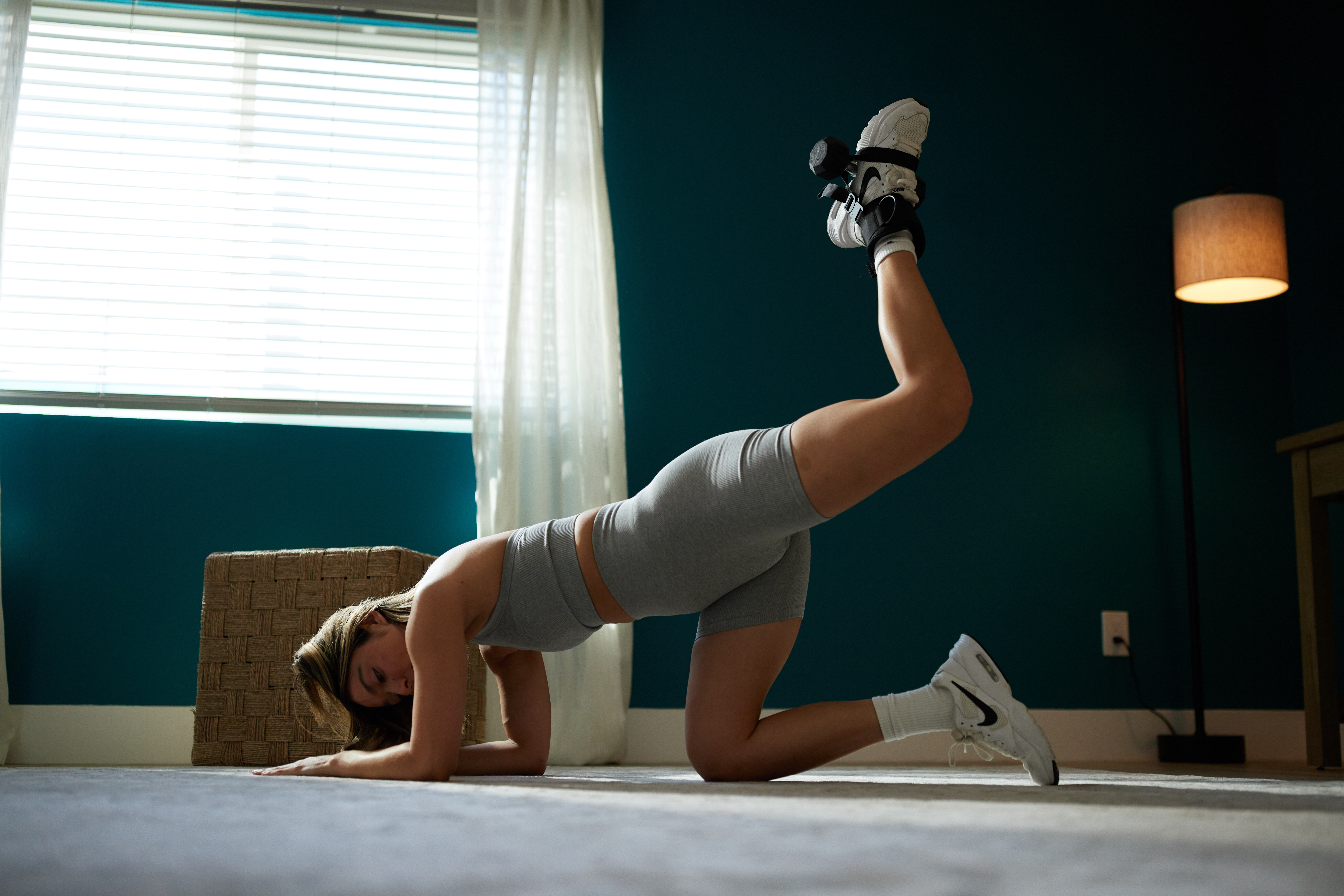
Targeting the Gluteus Maximus
Donkey Kicks using the OmniStrap are highly effective in targeting the Gluteus Maximus, the primary muscle in the buttocks. By using the OmniStrap, you add resistance that enhances muscle activation and growth. Elevating your foot and extending your hip during the movement allows for maximum engagement of the Gluteus Maximus. Focus on controlled, deliberate movements to ensure full activation of the muscle and avoid strain on your lower back. Regularly incorporating Donkey Kicks into your workout routine will contribute to the development of a stronger, more defined posterior, and improve overall lower body strength. This exercise not only enhances the appearance of your glutes but also supports functional movement and stability in everyday activities.
Hip Thrusts on the NordBench
Setting Up for Hip Thrusts
To set up the NordBench for hip thrusts, ensure the bench's height allows you to sit with your upper back resting comfortably against it while your feet are flat on the ground. The NordBench is designed with a contoured foam that hugs your body, providing comfort and support during the thrust motion.
Position your feet hip-width apart, with knees bent at a 90-degree angle. This alignment is crucial for optimal glute activation. The bench's sturdy build, rated to support up to 500 pounds, ensures safety and stability as you perform the exercise.
If you're using weights, place them on your hips, securing them with your hands. Adjust the bench's height or position as necessary to ensure your comfort and effectiveness during the workout. This setup primes you for an effective hip thrust routine, targeting both the upper and lower Gluteus Maximus.
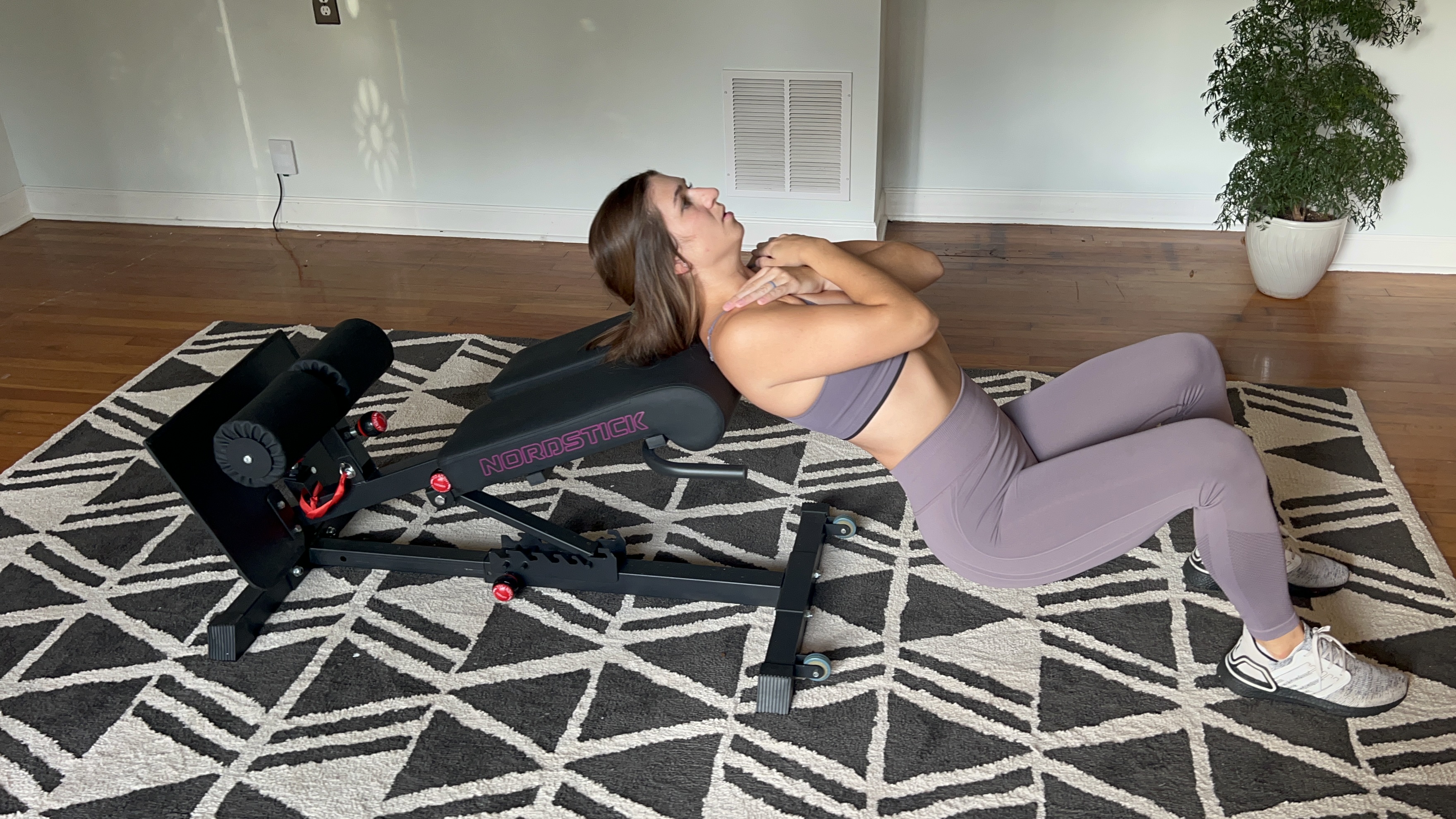
Executing the Exercise
To execute hip thrusts on the NordBench, begin by aligning your upper back against the bench with your feet flat on the floor, positioned hip-width apart. Your knees should be bent at a 90-degree angle.
Hold any added weight securely on your hips, using your hands to stabilize it. Initiate the movement by driving through your heels, lifting your hips upward until your body forms a straight line from shoulders to knees.
At the top of the movement, squeeze your glutes tightly and hold for a moment to maximize muscle engagement. Slowly lower your hips back to the starting position, maintaining control throughout the descent.
This exercise focuses on both the upper and lower Gluteus Maximus, contributing to overall glute development. Repeating the motion for multiple reps with proper form will promote muscle growth and enhance lower body strength. Regular practice helps in building a bigger, stronger butt while improving hip stability.
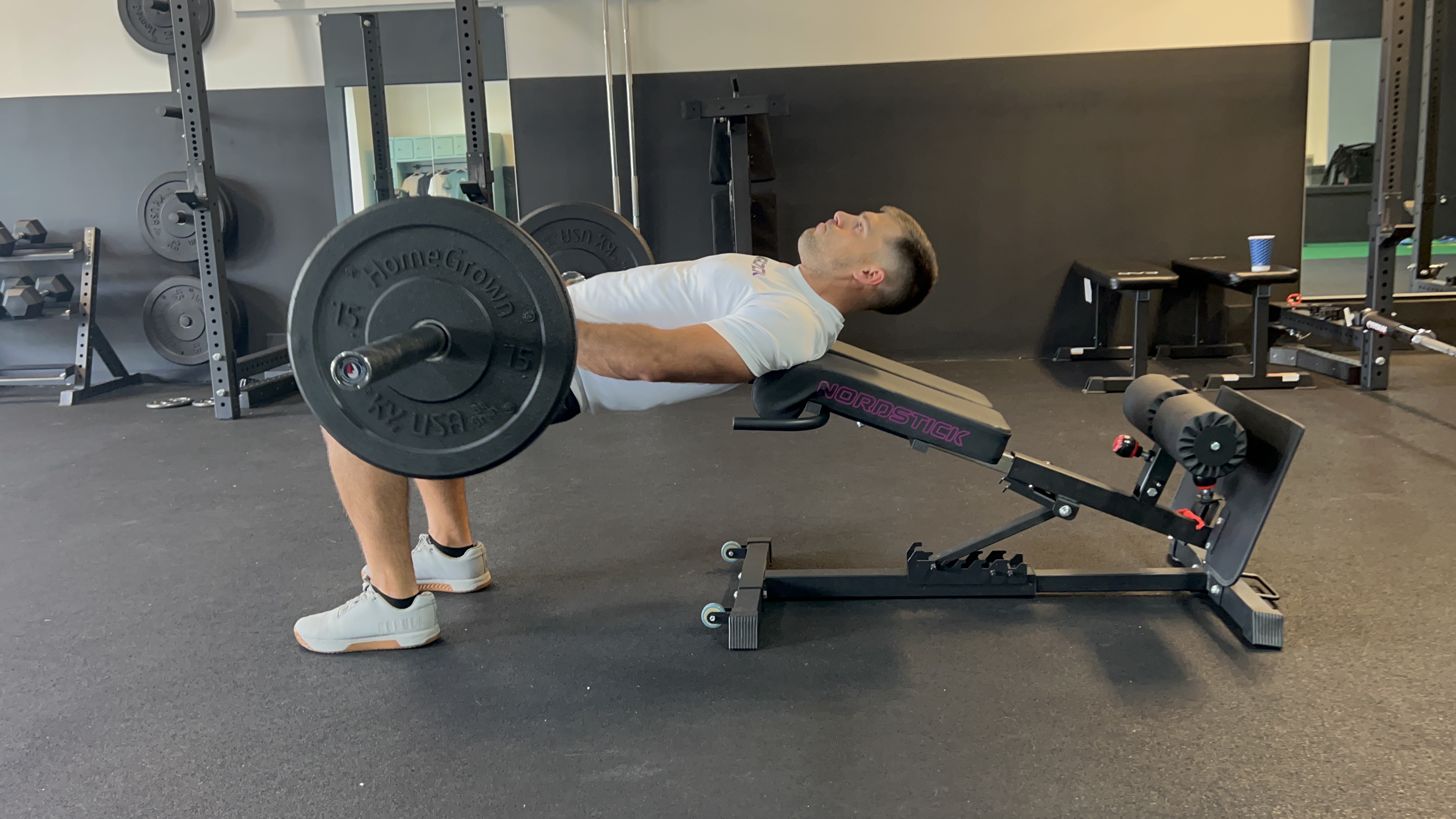
Engaging Upper and Lower Glutes
Incorporating hip thrusts into your routine on the NordBench effectively targets both the upper and lower portions of the Gluteus Maximus. This dual engagement is achieved through the upward thrusting motion that requires considerable hip extension.
As you lift your hips, focus on squeezing your glutes to ensure full muscle activation. This not only helps in building larger and stronger glutes but also enhances the overall shape and definition of your buttocks.
The NordBench provides the necessary stability and support, allowing you to concentrate on using your glutes rather than relying on momentum. Maintaining a straight line from your shoulders to your knees at the peak of the movement ensures that both upper and lower glutes are engaged.
Consistent execution of this exercise will support muscle growth, improve your lower body strength, and contribute to better posture and functional movement in daily activities.
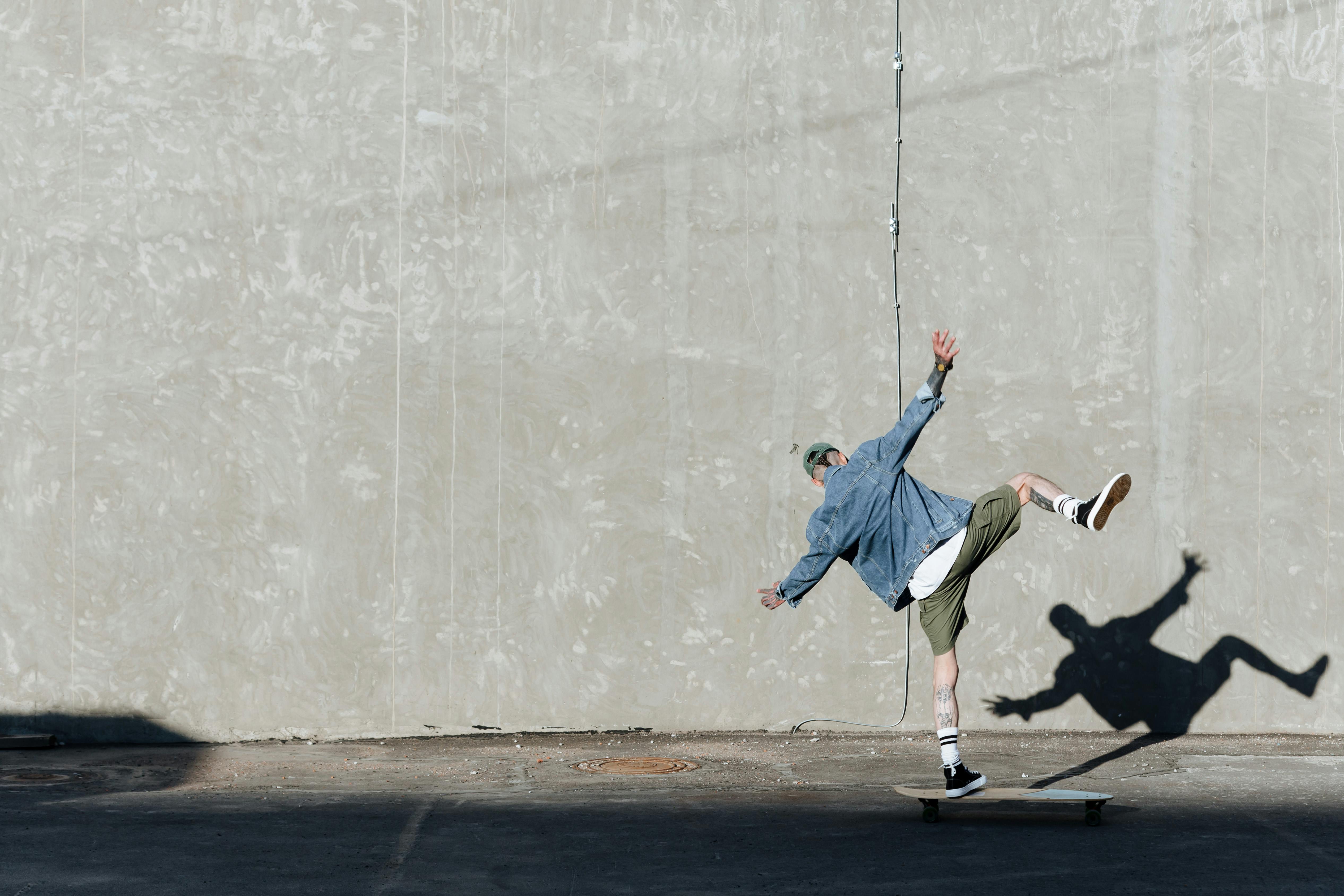
Hip Abduction with Band Guards
Using Band Guards
Using Band Guards for hip abduction exercises is a simple yet effective way to target the Gluteus Medius and Minimus, which are crucial for hip stability and strength.
To begin, place the resistance band just above your knees. Stand with your feet shoulder-width apart, creating tension in the band. This starting position ensures that your glute muscles are engaged from the outset. Slowly move one leg away from your body, keeping it straight, while maintaining balance on the supporting leg.
This movement emphasizes the outer glute muscles, helping in their development and strengthening. Return the leg to the starting position with control, resisting the band's pull. Repeat the motion for several reps on each leg.
The Band Guards add resistance, making the muscles work harder, thereby supporting muscle growth and enhancing lower body strength. Consistent practice of this exercise will contribute to a well-rounded glute training routine.

Impact on Gluteus Medius and Minimus
Hip abduction exercises with Band Guards primarily engage the Gluteus Medius and Minimus, muscles that play a vital role in stabilizing the pelvis and aiding in lateral movements.
By consistently performing these exercises, you enhance the strength and functionality of these muscles, which is crucial for maintaining balanced muscle development in the lower body. This exercise helps prevent a "flat butt" appearance by promoting muscle growth in the upper and outer glute regions.
The increased resistance provided by the Band Guards ensures that these smaller glute muscles are adequately challenged, supporting muscle growth and improved endurance. Strengthening the Gluteus Medius and Minimus also contributes to better knee alignment and reduces the risk of injury during dynamic activities.
Incorporating band abductions in your workout routine will enhance your overall glute training, contributing to a firmer and more defined posterior while boosting your lower body's functional strength.
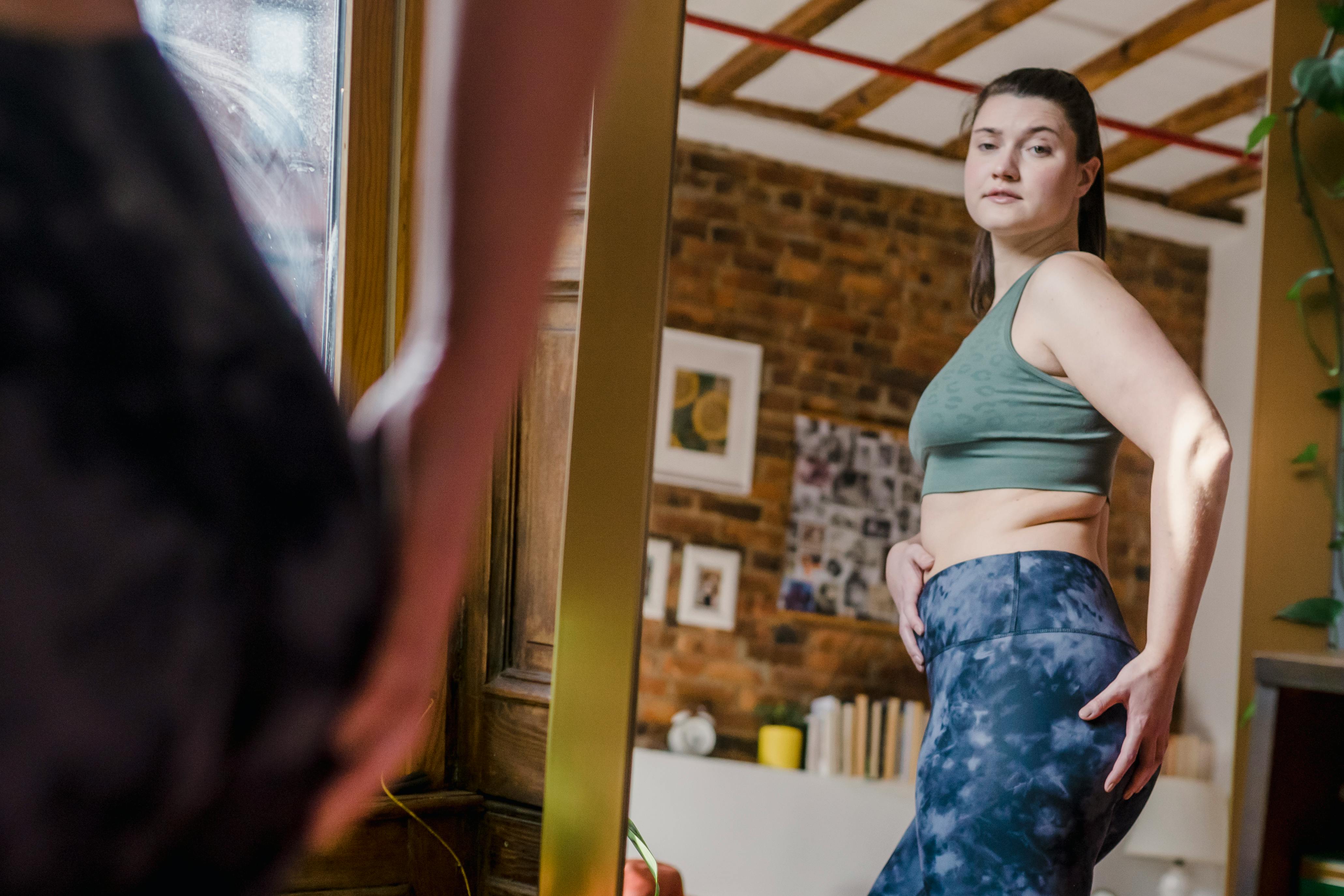
Bulgarian Split Squats on the NordBench
Positioning and Execution
To perform Bulgarian Split Squats on the NordBench, start by positioning yourself a few feet in front of the bench. Place one leg behind you, resting the top of your foot on the bench for support, while the other leg remains firmly planted on the ground.
This setup requires balance and engages the core, ensuring stability throughout the exercise. Stand tall, with your chest up and shoulders back, maintaining a straight posture. Lower your body by bending the front knee, ensuring it doesn't extend past your toes, while the back knee moves toward the ground.
This motion primarily targets the Gluteus Maximus and quadriceps, while also enhancing pelvic stability. Push through the heel of your front foot to return to the starting position. Repeat for several reps before switching legs.
This exercise is excellent for building lower body strength, improving balance, and promoting symmetrical muscle growth across the glutes and thighs.
Targeting the Gluteus Maximus and Aiding in Pelvic Stability
Bulgarian Split Squats on the NordBench are particularly effective at targeting the Gluteus Maximus while also contributing significantly to pelvic stability. By elevating one leg, this exercise places a greater load on the working glute, intensifying the workout for muscle growth.
The unilateral nature of the movement requires the engagement of stabilizer muscles, which enhances balance and coordination. As you lower into the squat, the Gluteus Maximus is activated to maintain control and support the descent. This activation promotes strength and a more sculpted appearance over time.
Furthermore, this exercise develops the muscles surrounding the hip joint, crucial for pelvic stability. Improved stability in the pelvis is essential for efficient movement patterns and reducing the risk of injury during other exercises.
Consistently incorporating Bulgarian Split Squats into your routine will support muscle growth and help create a strong, balanced lower body.

Conclusion
Incorporating these targeted exercises into your home workout routine using the NordBench and Band Guards can significantly enhance your glute development. From Donkey Kicks and Hip Thrusts to Hip Abductions and Bulgarian Split Squats, each exercise provides unique benefits that contribute to the growth and strengthening of the glute muscles.
By focusing on proper setup, execution, and muscle engagement, you support muscle growth while boosting your overall lower body strength and stability. These exercises not only improve your aesthetic appearance but also enhance functional performance and posture.
For optimal results, remember to maintain proper form, gradually increase resistance, and ensure a balanced diet rich in lean proteins and healthy fats to support muscle growth. By consistently integrating these exercises into your regimen, you'll be well on your way to achieving a stronger, more defined posterior from the comfort of your home.
FAQs
What can increase butt size?
Increasing butt size involves a combination of targeted exercises, proper nutrition, and consistent effort. Key exercises that focus on the glute muscles, such as hip thrusts, squats, lunges, and Bulgarian split squats, are essential for promoting muscle growth. Progressive overload, or gradually increasing the resistance or weight, ensures continuous muscle development.
Nutrition plays a crucial role as well; consuming enough calories, lean proteins, healthy fats, and complex carbohydrates supports muscle recovery and growth. Foods rich in protein, such as chicken, fish, and legumes, paired with healthy fats from sources like avocados and nuts, are beneficial.
Additionally, staying hydrated and getting sufficient rest are vital for muscle repair and growth. Consistency in your workout routine, combined with a balanced diet, will help increase your butt size over time, enhancing both strength and appearance.
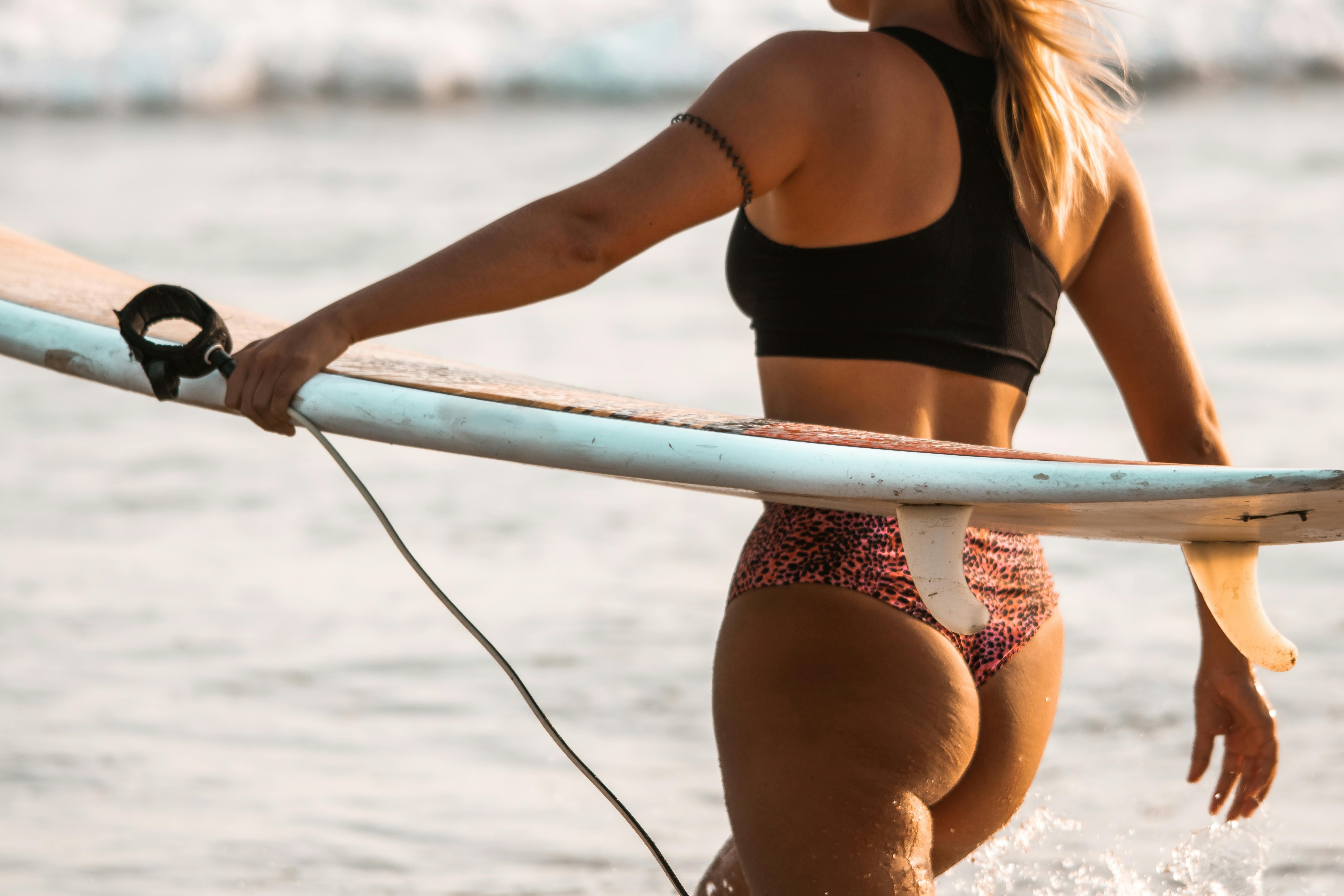
Do squats make your butt bigger?
Yes, squats can make your butt bigger by effectively targeting the glute muscles, particularly the Gluteus Maximus. When performed correctly, squats engage the glutes, hamstrings, and quadriceps, promoting muscle growth and strength.
The key to achieving a bigger butt through squats lies in progressive overload—gradually increasing the weight or resistance used during the exercise. Variations such as deep squats, back squats, and slant board squats on the NordBench can enhance glute activation and muscle engagement. Consistency in performing squats, combined with proper form, ensures that the glutes are adequately stimulated for growth.
Additionally, pairing squats with a balanced diet rich in lean proteins, healthy fats, and complex carbohydrates supports muscle recovery and development. Incorporating squats into your regular workout routine will not only contribute to a bigger, more defined butt but also improve overall lower body strength and functionality.

What is the secret to growing glutes?
The secret to growing glutes lies in a strategic combination of targeted exercises, nutrition, and consistency. To effectively stimulate glute growth, focus on exercises that activate all parts of the glute muscles, such as hip thrusts, squats, lunges, and deadlifts.
Utilizing equipment like the NordBench and Band Guards can enhance your workouts by providing the necessary resistance and stability. Progressive overload is crucial—gradually increase the weight or resistance over time to continuously challenge the muscles.
Nutrition is equally important; consume enough calories to support muscle growth, emphasizing lean proteins, healthy fats, and complex carbohydrates. Foods like chicken, fish, avocados, and whole grains provide essential nutrients for recovery and development.
Consistency in training and maintaining a disciplined diet will lead to noticeable results. Additionally, ensure adequate rest and recovery between workouts to allow muscles to repair and grow. Combining these elements will help you achieve stronger, more defined glutes over time.
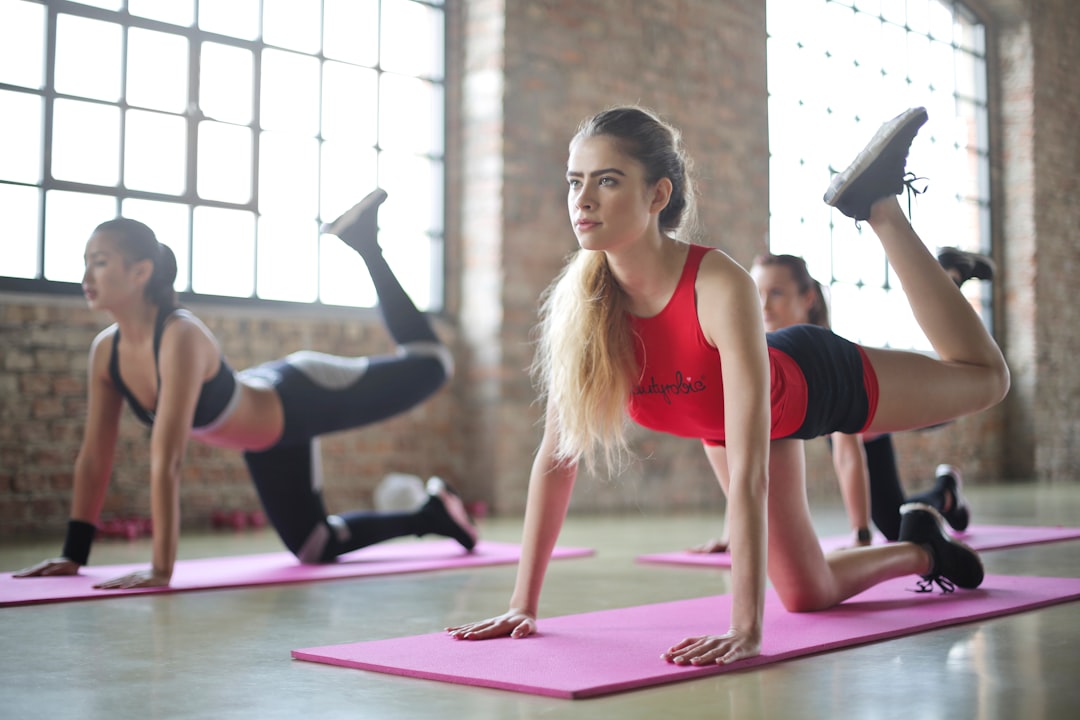



































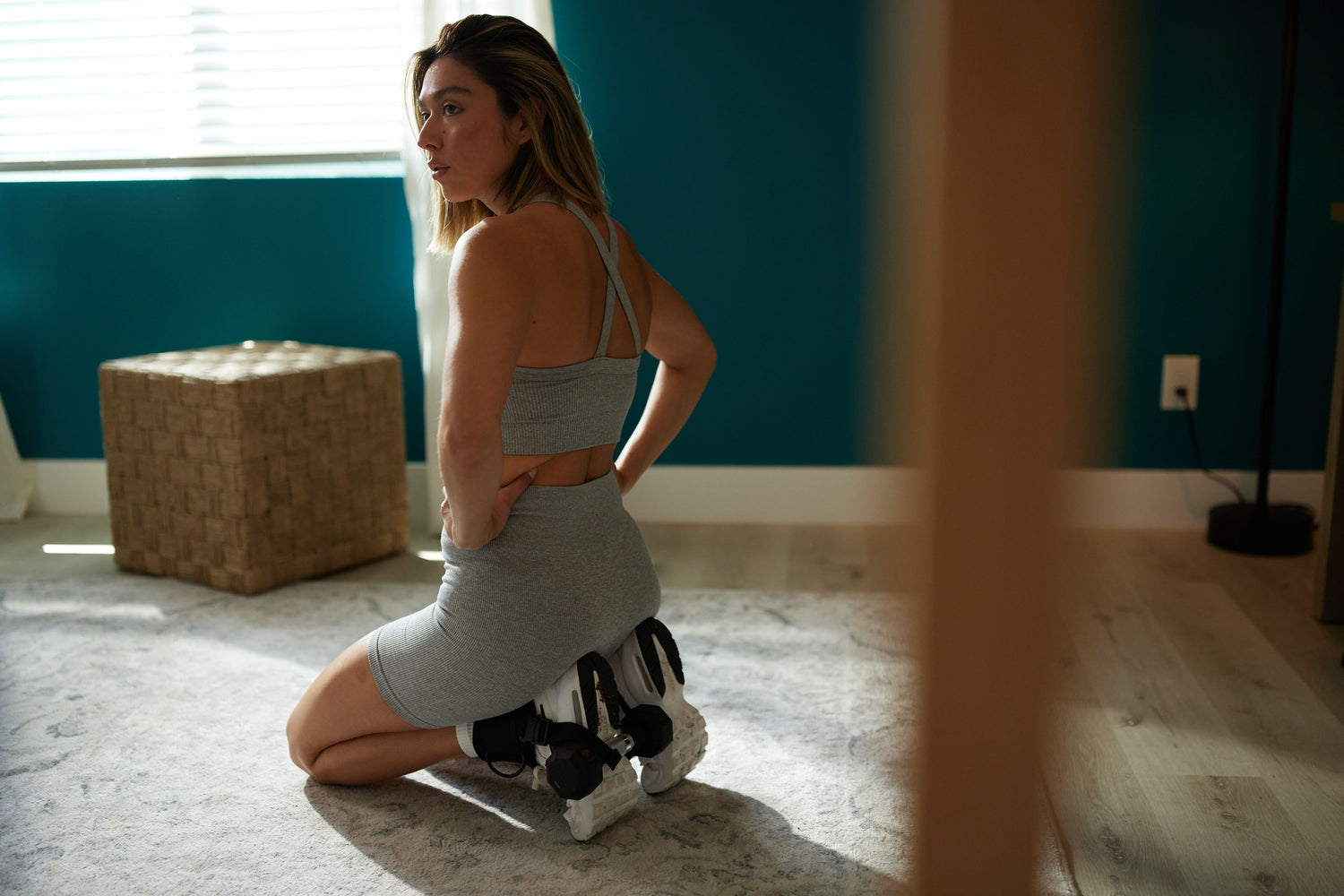
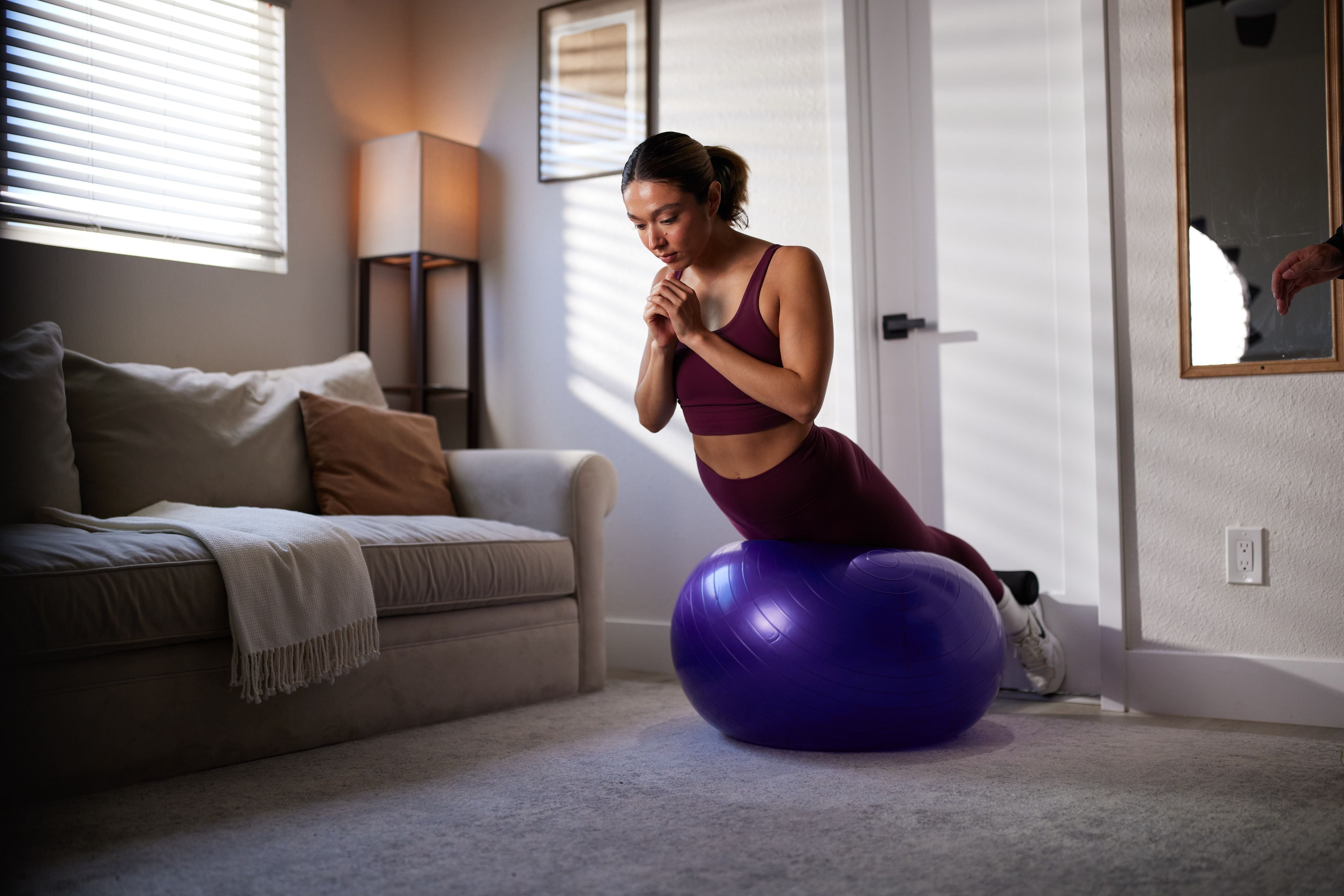
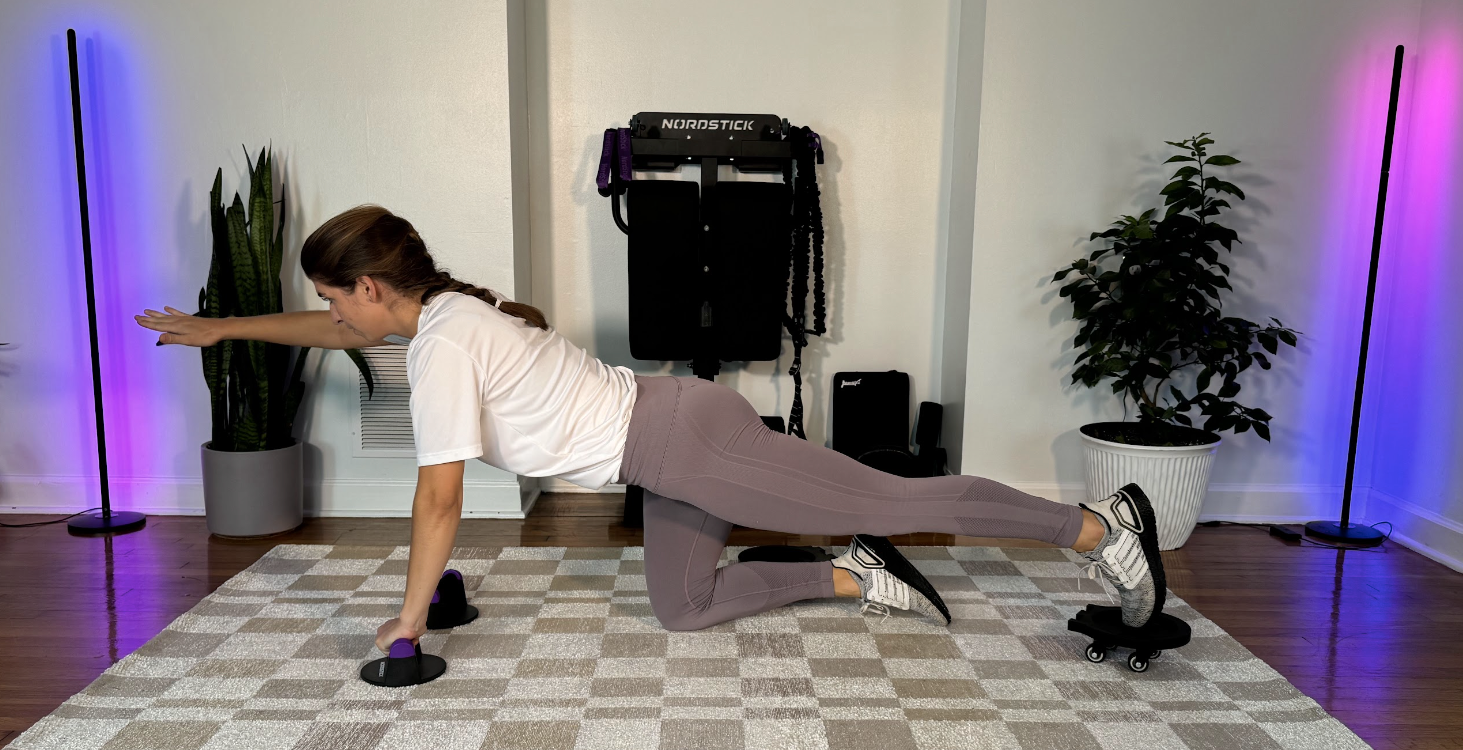



Leave a comment
This site is protected by hCaptcha and the hCaptcha Privacy Policy and Terms of Service apply.